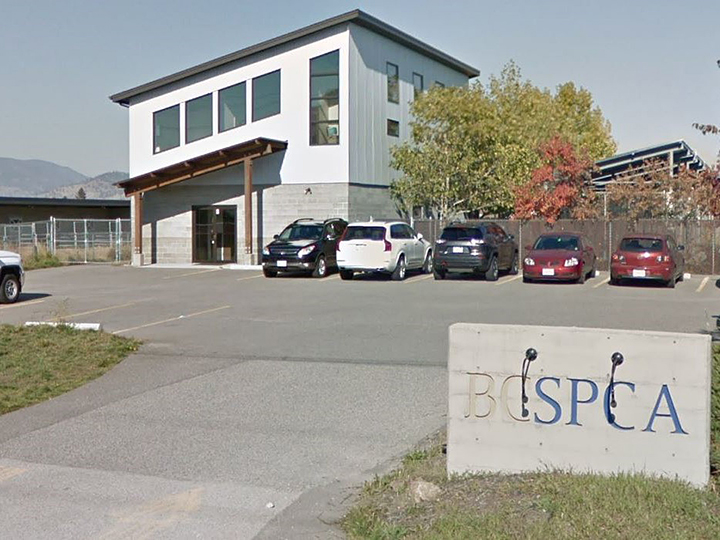Dead cats found in the Kelowna area last month were killed by predators, not people, the B.C. SPCA said on Thursday.

Postmortem examinations, said the B.C. SPCA, revealed that the cats weren’t mutilated as public speculation suggested.
“We have now received necropsy results which indicate that the wounds are consistent with predation rather than incised or chop wounds,” said Brian Kijowski, B.C. SPCA regional manager of cruelty investigators for the Interior and Okanagan.
Kijowski said injuries caused by coyotes, raccoons and other predators can be so clean and precise that they are sometimes mistaken for those made by human tools.
“That’s why we felt it was important to wait for the necropsy results before commenting publicly on the cause of death,” Kijowski.

In related news, the B.C. SPCA is warning owners of small pets in Kelowna to not let them outdoors without supervision.
The society says the area is home to a large coyote population, and this is puppy season, so mothers will be out hunting for food.
It says coyotes normally eat small mammals like rats, mice, shrews, voles, squirrels and rabbits, but will prey on free-roaming cats, small dogs and chickens if given the chance.

According to the society, coyotes will also eat garbage, compost, fallen fruit, seeds from bird feeders and pet food.
Further, Kijowski says local parks, trails and other areas with tall grass or bushes can be danger zones for smaller pets if predators are nearby.
“If approached, make noise and appear ‘big’ by stamping your feet and waving your arms to frighten the predator off, but don’t run away, as it could encourage them to give chase,” said Kijowski.
“Instead, maintain eye contact and move away slowly.”
For more information about urban coyotes, visit spca.bc.ca.




Comments